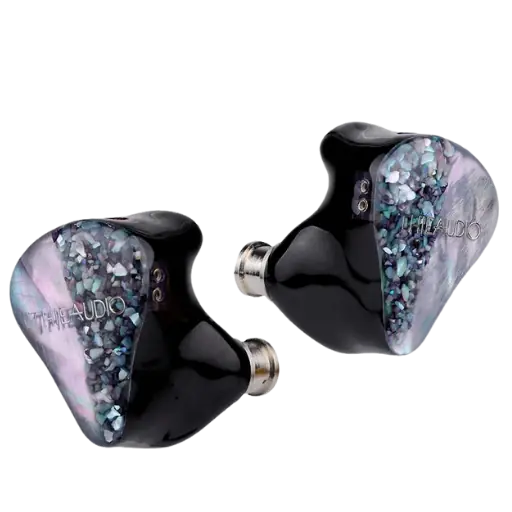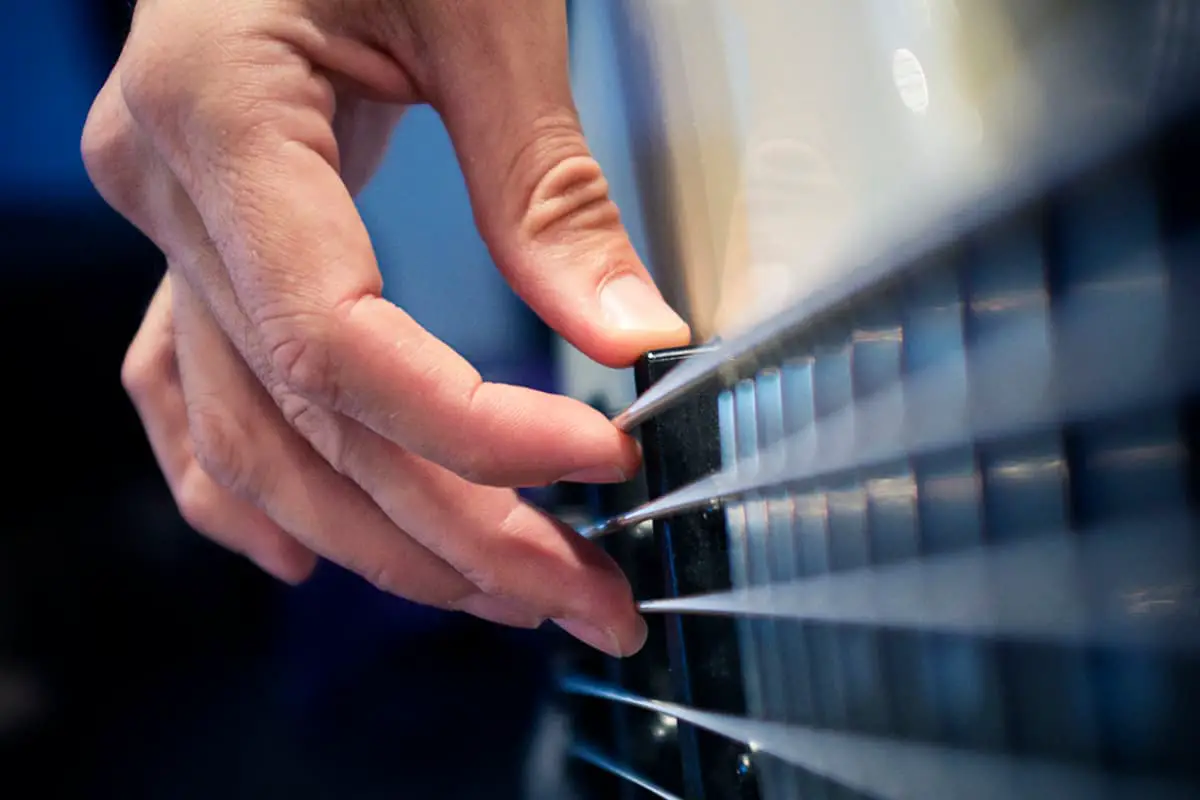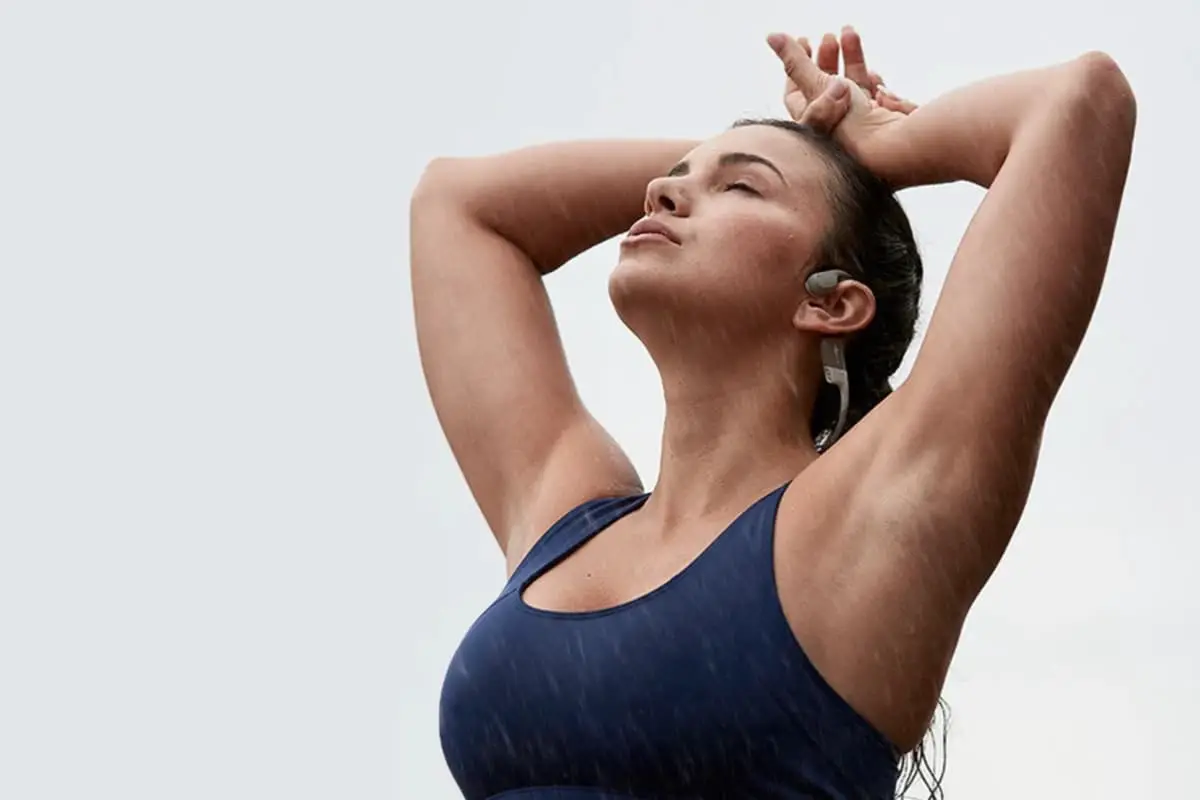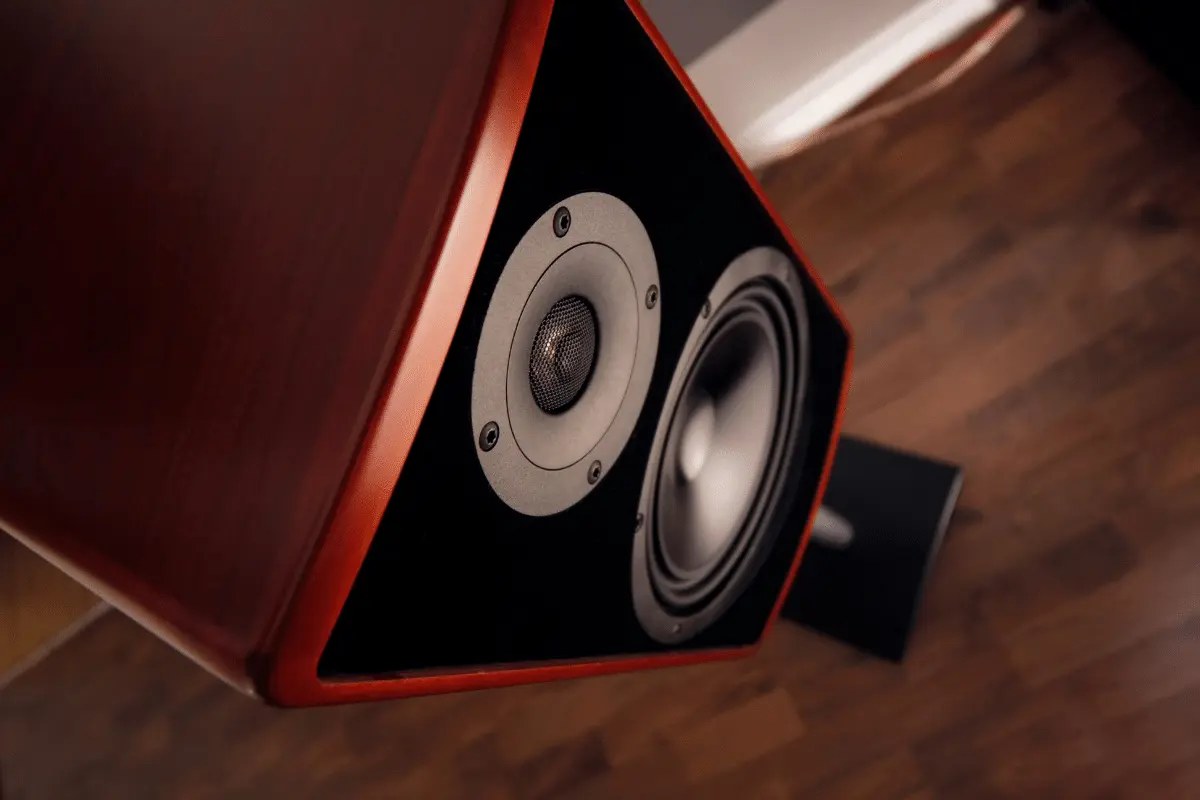Anyone who has attended a concert or live event may have noticed that many of the musicians commonly wear headphones or earphones while performing. But, have you ever thought of the reason why do bass players wear headphones?
Bassists need to be able to hear the other instruments onstage clearly to ensure proper playing. Following the drum beat and overall rhythm is vital to their success tone. Using headphones or in-ear monitors allows bass musicians to personalize their mix to hear precisely what they need to.
Lets take a look deeper as to when and why you would choose an IEM over headphones, and cover why each has their place in a bass players needs for playing right all the time!

Benefits of Headphones or In-Ear Monitors for Bass Players
Reducing Outside Sound Interference
When playing live, performers encounter many obstacles when it comes to outside sound interference. It is crucial that musicians are able to zero-in on, and hear their instrument, as well as what the other performers onstage are playing.
Wearing headphones onstage can help solve some of the outside interference issues. Performers can focus on the sound coming from their instrument, and the instruments of the other band members, instead of other outside sounds.
When playing in a large venue, various sounds can be confusing and can cause musicians to lose focus on their own instrument.
Crowd noise such as cheering, yelling, and singing, when combined with outside disturbances including monitor interference, movement of the other performers, and any special effects that may be present, can create issues in what musicians can hear in the monitors. This is where headphones come into play.
Sound Blocking Qualities
Headphones, or often in-ear monitors (IEMs), provide performers with the great sound quality that they need for peak quality performance.
They help block outside noise and unnecessary interference that may affect the performance.
Since IEMs are worn inside the ear canals, instead of covering the whole ear, they provide the ear canal with a “sealâ€, that can help to drastically reduce outside interference and distractions.
Relying solely on onstage monitors and speakers can be risky and problematic for musicians. Larger stage monitors and smaller wedges can frequently cause interference for performers to deal with.
Additionally, they can also interfere with the arena or event center sound systems that are meant to enhance the audience’s listening experience.
This is where headphones and IEMs come in. They help musicians to be able to “hear themselves†onstage, which benefits the quality of the overall experience for the individual, band, and listeners.
Freedom of Movement
One of the benefits of wireless headphones and IEMs is mobility. Musicians are freer to move around the stage and interact with the audience because they aren’t tethered with a cord to anything.
Since wearers are free from attachments, they are free to roam, while still receiving quality sound through the headphones or IEMs.
Most musical artists thrive on audience interaction, and headphones and IEMs offer good sound quality while keeping the performer’s mobility.
Volume Control
IEMs and headphones offer performers the opportunity to reduce outside noise and interference while keeping the in-ear volume of music and the other instruments at a controlled level.
For bass players, this is key. Bass players need to be able to hear the other instruments, especially the drums. Hearing the drumbeat is important for bass players because they need to follow the rhythm, which is set by the drummer.
Headphones and IEMs are a crucial component to a successful performance. The musicians can hear all that they need to through the earpieces.
Musicians have frequently suffered hearing loss due to exposure to the extremely high levels of sound coming from standard on-stage monitors. Long-term or consistent exposure to high decibel sound levels can cause lifelong damage.
Ability to Hear Instruction
Performers also find that wearing IEMs or headphones allows the wearer to hear on or off-stage instructions, directions, and cues.
Whether the instruction is pre-recorded or given in-person by band members, or by off-stage crew members. This allows easier communication, since outside sound is blocked, and interference is kept to a minimum.

THIEAUDIO Oracle
New Tribrid IEM with 2EST +2BA +1DD Drivers
The Signature Series lineup of THIEAUDIO represents the pinnacle of Linsoul R&D skill sets, combining both the latest technology and innovative engineering to bring together top of the line IEM’s.
When musicians try to relay instructions or cues across the stage, sometimes the message may not be received or even heard. Wearing headphones or IEMs onstage can greatly reduce miscommunication.
Headphones for Recording
Headphones used for recording sessions help the wearers to be able to concentrate on the recording of their own instrument’s sound. It also helps keep the recording of each musician’s instrument to stay free of “bleedâ€, “spillâ€, or “leakageâ€.
Bleed is when the performer’s microphone picks up other sounds during the recording process. This may adversely affect the separation of the different instruments and voices when the recordings are mixed in the studio.
By wearing headphones, the performer recording can hear the previously recorded backing music, without any bleed from the music that is playing in the performer’s ear.
Wearing headphones also allows the musician to communicate with people in other rooms, including the sound engineer or the producer.
Some musicians also use metronomes, often called click tracks, played through their headphones to keep time with the pace of the track being recorded.
The performer is also able to hear a playback of their recording. Performers can set the sound levels that are being played through the headphones.
They can turn up the sound for things they need to hear to optimally perform. A bass player would probably increase the level of the drums to be louder while toning down other things that may interfere.
Wrapping it Up
Bass players wear headphones for a variety of reasons. They can help the wearer to perform at their very best, while hearing well-balanced, clear sound with no bleed.
They provide ear protection to help prevent long-term hearing loss, as well as have sound blocking qualities. This may be just what the performer needs to push their abilities and give the best performance that they can.
While the benefits of wearing headphones while recording or performing live are numerous, some performers prefer not to wear them at all.
Whatever the situation, headphones are available to fit any performer’s needs, with many brands and styles to choose from. Quality headphones for performances or recording sessions can range in price from less than $100 to thousands of dollars.
When looking to purchase a set of headphones, musicians should do their homework. Consider word of mouth from experienced artists who perform frequently. Much research can also be done online and from reading plenty of reviews from musicians.






Leave a Reply
You must be logged in to post a comment.